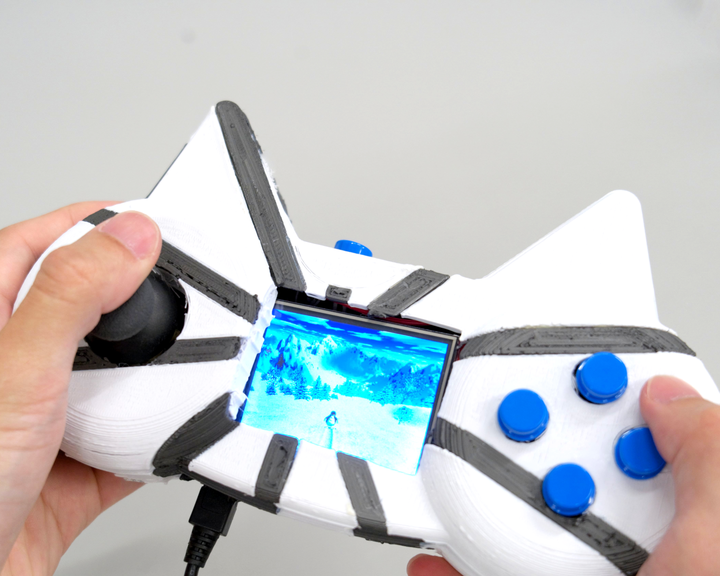
Abstract
Users often 3D model enclosures that interact with significant heat sources, such as electronics or appliances that generate heat (e.g., CPU, motor, lamps, etc.). While parts made by users might function well aesthetically or structurally, they are rarely thermally-sound. This happens because heat transfer is non-intuitive; thus, engineering thermal solutions is not straightforward. To tackle this, we developed ThermalRouter, a CAD plugin that assists with improving the thermal performance of their models. ThermalRouter automatically converts regions of the model to be made from thermally-conductive materials (such as nylon or metallic-silicone). These regions act as heat channels, branching away from hotspots to dissipate heat. The key is that ThermalRouter automatically simulates the thermal performance of many possible heat channel configurations and presents the user with the most thermally-sound design (e.g., lowest temperature). Furthermore, it allows users to customize by balancing costs, indicating non-modifiable geometry, etc. Most importantly, ThermalRouter achieves this without requiring manual labor to set up or parse the results of complex thermal simulations.